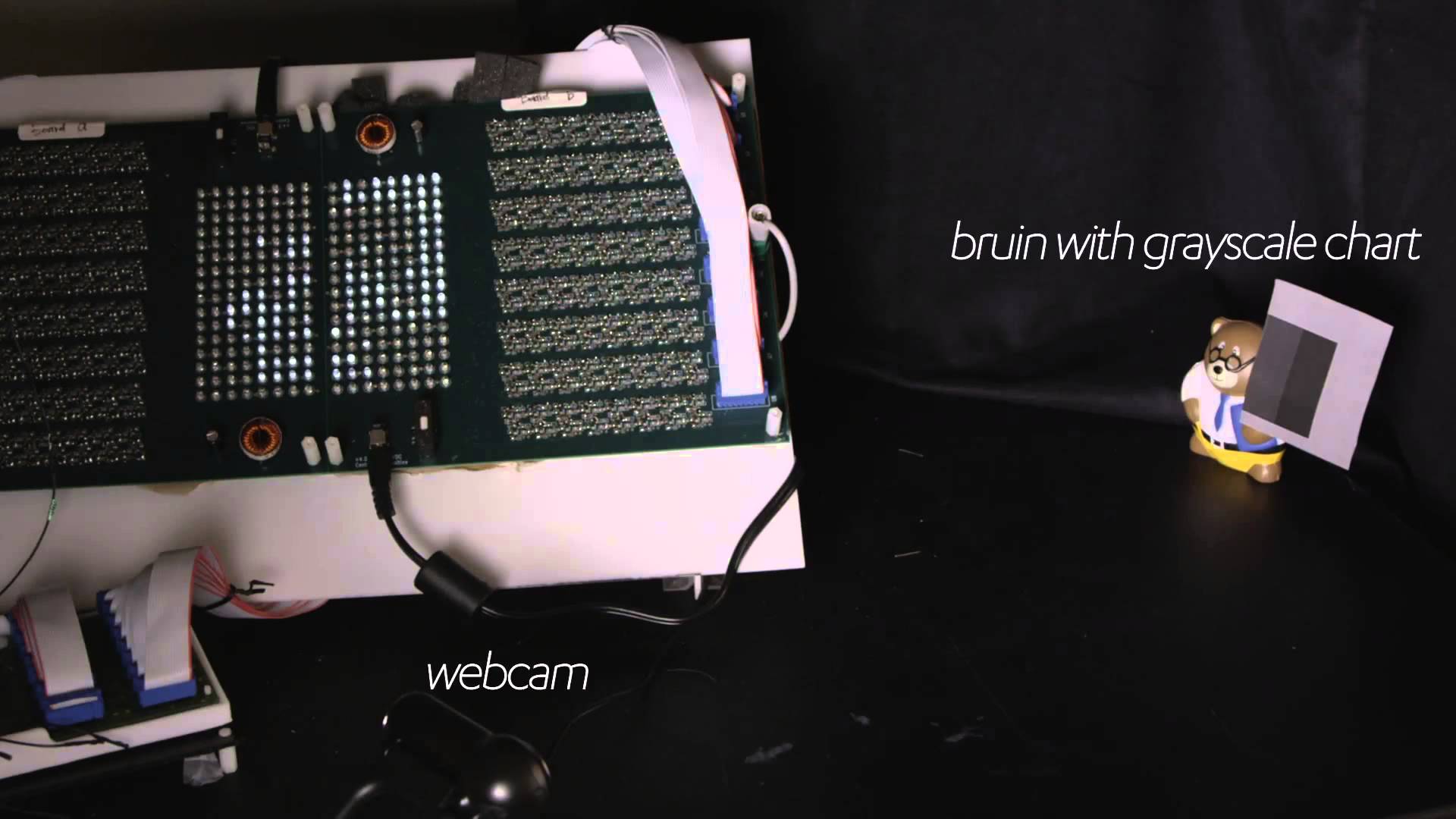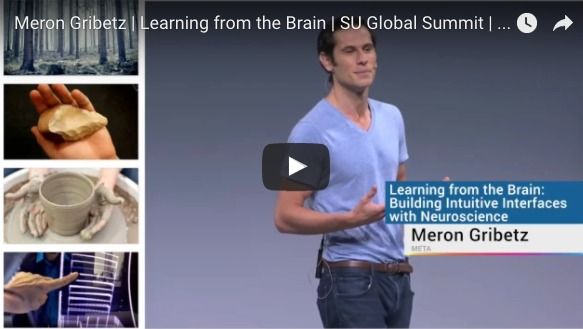Page 10703

Entire lifetimes have come and gone without the moon looking quite as large as it will this month. On November 14th, skygazers will witness the closest full moon, or “supermoon,” of 2016. But more excitingly, it’ll be the closest full moon since 1948—and we won’t get another one like it until 2034.
Nov 4, 2016
Scientists will try to directly image Sagittarius A*, the black hole at the center of the Milky Way
Posted by Andreas Matt in category: cosmology
How do you directly image a supermassive black hole at the center of a galaxy? Using a telescope with the effective size of the Earth.
Nov 4, 2016
One of the world’s most popular computer games will soon be open to many sophisticated AI players
Posted by Sean Cusack in categories: entertainment, robotics/AI
Artificial intelligence will require key advances in order to play a video game filled with planning, guesswork, and bluffing.
Nov 4, 2016
New bionic eye implant connects directly to brain, allowing blind woman to see shapes & colors
Posted by Shailesh Prasad in categories: biotech/medical, computing, cyborgs, neuroscience, transhumanism

Scientists may have made a significant breakthrough in restoring human sight, as a woman who had been blind for seven years has regained the ability to see shapes and colours with a bionic eye implant.
The 30-year-old woman had a wireless visual stimulator chip inserted into her brain by University of California, Los Angeles (UCLA) surgeons in the first human test of the product. As a result, she could see colored flashes, lines, and spots when signals were sent to her brain from a computer.
Nov 4, 2016
New ‘Digital Life’ Initiative at UMass Amherst Aims to Create 3D Models of All Living Creatures
Posted by Klaus Baldauf in category: futurism
AMHERST, Mass. – Scientists at the University of Massachusetts Amherst led by biologist Duncan Irschick who created the Beastcam Array, a rapid-capture, field portable tabletop system for making high-resolution, full-color 3D models of living organisms, now plan to use it in an ambitious effort to create 3D models of all living organisms.
The Beastcam Array consists of 10 fixed arms, each of which can mount three G-16 Canon cameras for a 30-camera array. Small animals placed in the array’s center can be quickly and conveniently modeled in 3D by the cameras aided by software. Using this technology, Irschick and colleagues have created a new multimedia platform they call “Digital Life,” and have already created 3D models of sharks, scorpions, toads and lizards.
In coming months, they hope to use the BeastcamArray, funded in part by the National Science Foundation and developed at UMass Amherst’s Center for Evolutionary Materials, to create 3D models of two groups facing significant survival threats: frogs and sea turtles.
Nov 4, 2016
Complicating the Picture for Aging, Cellular Senescence, and Bcl-xL
Posted by Steve Hill in categories: biotech/medical, evolution, life extension
More news on senolytics.
Efforts to build rejuvenation therapies that work by selectively destroying senescent cells are very much in the news of late. One class of senolytic drug candidates works by inducing apoptosis, a form of programmed cell death, via reduced levels of Bcl-2 family proteins, such as Bcl-2 itself, Bcl-xL, and Bcl-W, all of which normally act to suppress apoptosis. Senescent cells are inclined towards apoptosis already, so a modest nudge in that direction can destroy a fair proportion of these unwanted cells without causing harm to healthy cells. These apoptosis-related proteins have numerous other roles as well, however, since evolution is very much in favor of reusing the tools to hand. For example, Bcl-xL is also involved in mitochondrial damage protection, the immune response, cellular respiration and DNA repair: quite the portfolio, and all items that are connected to aging in one way or another. I noted an open access paper today that muddies the water considerably on the topic of Bcl-xL, as it shows that more Bcl-xL rather than less (a) reduces incidence of cellular senescence in tissue cultures, (b) extends life in nematode worms, and © is found in human centenarians, but not younger individuals.
Ordinary somatic cells, the vast majority of the cells in the body, become senescent when they reach the Hayflick limit at the end of their replicative life span, or in response to damage, or a toxic local environment, or as a part of the wound healing process. Senescent cells cease dividing, and most either self-destruct or are destroyed by the immune system soon afterwards. This behavior has evolved because it suppresses cancer incidence, at least initially, by removing those cells most at risk. Unfortunately not all are destroyed, and those that linger cause harm to surrounding tissues via a potent mix of inflammatory signals known as the senescence-associated secretory phenotype (SASP). Given enough senescence cells, as few as 1% or less of all the cells in an organ, significant dysfunction and inflammation is the result, contributing to the development and progression of age-related disease.
Continue reading “Complicating the Picture for Aging, Cellular Senescence, and Bcl-xL” »
Nov 4, 2016
Ballbot, an omidirectional single-wheeled balancing robot
Posted by Shailesh Prasad in category: robotics/AI
Senescent cells once again implicated in the aging process this time in increased viral replication rates.
Kim JA, et al. Immune Netw. 2016 Oct;16:286–295. https://doi.org/10.4110/in.2016.16.5.286
Watch Vicarious founder Dileep George’s EmTech MIT talk about artificial intelligence’s next leap forward:
















